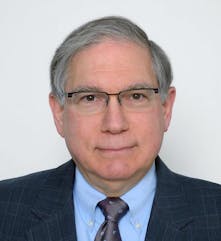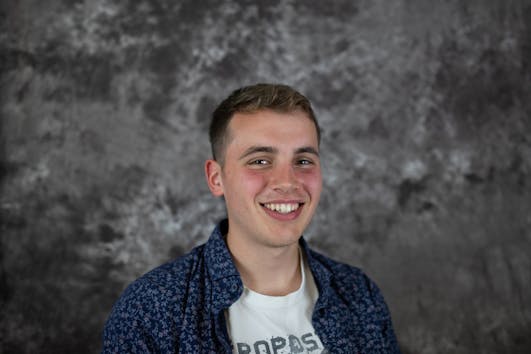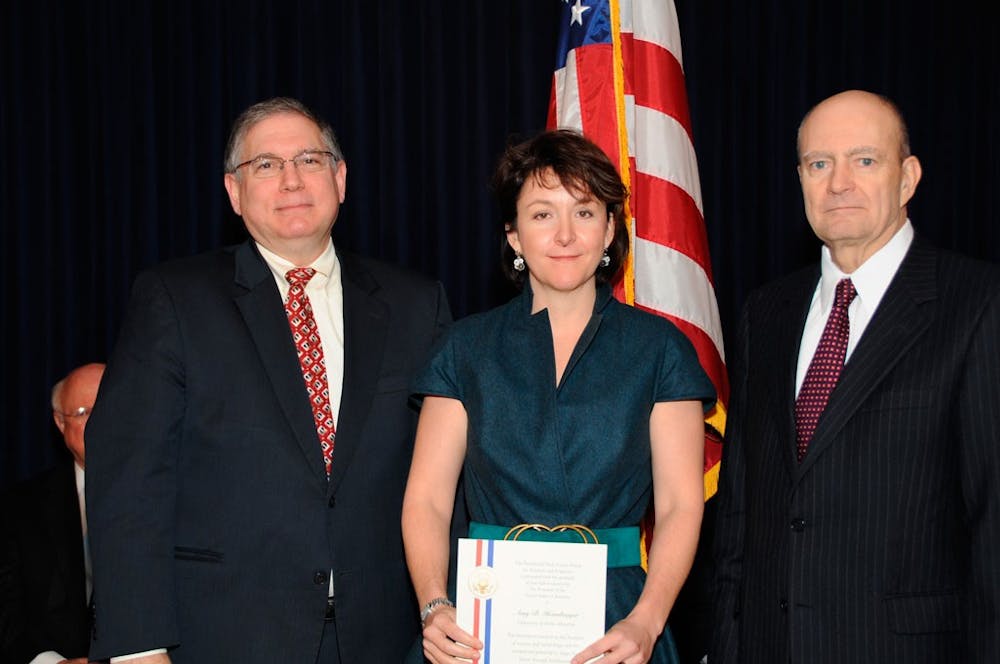Dr. Lawrence Tabak spent the most shocking day of his 21-year tenure at the National Institutes of Health containing an airborne, potentially deadly virus: Smallpox.
Vials of the eradicated virus had been discovered in an abandoned building on the NIH’s Bethesda, MD campus in 2014, violating an international treaty and making national headlines. Forensic tests determined that the samples were relatively “benign,” and the vials were destroyed.
Despite the happy ending, Tabak still remembers the incident vividly.
“It’s the last thing that you’d expect to find,” he said in a Zoom interview with The Spectrum. “It was hermetically sealed, so no one was ever in any danger. But when you first make a finding like that, your mind runs a little wild.”
Eight years later, Tabak, who earned his Ph.D. in oral biology and an advanced certificate in endodontics from UB’s School of Dental Medicine, now finds himself dealing with a new virus — this time, as the acting director of one of the nation’s largest federal agencies. He was named acting director of the NIH, the federal agency responsible for biomedical and public health research, late last December following the departure of long-time director Francis Collins.

Lawrence Tabak, the acting director of the National Institutes of Health, graduated from UB with a Ph.D. and a certificate of proficiency in endodontics.
He described taking on the new position during the Omicron wave of the pandemic as “very challenging,” as he is responsible for everything from keeping the NIH’s Clinical Center operational to coordinating the federal response to the COVID-19 pandemic with the Department of Health and Human Services — mostly from behind a computer screen. A typical workday for Tabak involves nine to 12 virtual meetings with the NIH team members, HHS staff and occasionally White House staffers.
“It sometimes does feel like one long Zoom call,” he said.
Tabak’s appointment follows a long career in higher education, research and public service. After graduating from Columbia University in 1977 with a D.D.S., Tabak enrolled in a program at UB designed for dentists pursuing a Ph.D. After earning a degree in oral biology, Tabak joined the department as a tenure-track faculty member while pursuing an advanced certificate in endodontics.
“I would flip back and forth between roles,” he said. “I would be giving lectures to the same people who I was taking the training with and wearing one hat, and then I would be taking an exam an hour later with the same students wearing the other hat.”
Following the completion of his advanced certificate program, Tabak left his colleagues at UB in 1986 to become a faculty member at the University of Rochester, where he eventually became the senior associate dean for research.
“[Moving to Rochester] just gave me the opportunity to learn how to do many more things, research-wise,” he said. “I went from being a little fish in a lake to a little minnow in an ocean. It was scary, but it was a good way of continuing to learn.”
Tabak left the University of Rochester in 2000 after being offered a job in the NIH’s National Institute of Dental and Craniofacial Research. He was promoted to principal deputy director in 2010.
Tabak’s former colleagues at the dental school weren’t surprised to learn he’d ascended to the top job at the NIH.
“I can’t say I was really surprised,” Dr. Rosemary Dziak, a professor of oral biology who worked with Tabak when he was a Ph.D. student, said. “He has been working his way up, first through the NIDCR [National Institute of Dental and Craniofacial Research], and then, through the various deputy levels [at the NIH]… We saw the path that he was taking.”
Tabak attributes his success in part to his time as a doctoral student at UB, where he worked alongside diligent classmates — some of whom became lifelong friends — and some of the most prominent researchers in dentistry at the time, especially his mentor, Dr. Mike Levine.
“All of my classmates in graduate school went on to have incredibly successful careers,” he said. “We had an amazing cohort, and we all, in a very friendly way, pushed each other to excel.”
But even among that group of notable students, Tabak stood out to dental school faculty.
“He was always talking about his research,” Dziak said. “He was a very pleasant person, but it was his high level of energy about research that I remember most.”
Tabak created a similar research environment — vigorous but fun — as a professor at UB and later at the University of Rochester, according to Dr. Brian O’Connell, dean of health sciences at the University of Dublin and a former student of Tabak’s.
“He was a lot of fun to work with and very caring, gave loads of time, was extremely patient,” O’Connell said. “But he expected a lot. He expected people to work hard, but I think we [his students] got an awful lot out of it.”
Tabak’s generosity with his time extended outside of the lab too. When O’Connell needs career or scientific advice, he still calls Tabak. And after O’Connell and his wife had a baby, Tabak volunteered to babysit for them.
“I think he was the first babysitter we had,” O’Connell said. “He let me and my wife go out to dinner, and he stayed in and watched our baby. It was our first time getting out of the house. He was that kind of guy who would just do anything.”
O’Connell, who worked for NIH for six years and departed shortly before Tabak’s arrival, says he “may have stayed” had he known Tabak would be joining the agency.
But Tabak’s days at the NIH appear numbered. He has no plans to become the permanent director of the NIH.
“Typically the individual at the head of the NIH is a world leader, both scientifically as well as in their ability to communicate science and lead a very large organization,” he said. “And while I am absolutely privileged to be doing this, I am very, very confident that the president will find somebody far better than I am to serve in the permanent position.”
After he helps on-board the next director, Tabak hopes to return to his laboratory full-time and continue studying glycoproteins, the focus of much of his previous research.
Grant Ashley is a senior news/features editor and can be reached at grant.ashley@ubspectrum.com

Grant Ashley is the editor in chief of The Spectrum. He's also reported for NPR, WBFO, WIVB and The Buffalo News. He enjoys taking long bike rides, baking with his parents’ ingredients and recreating Bob Ross paintings in crayon. He can be found on the platform formerly known as Twitter at @Grantrashley.





